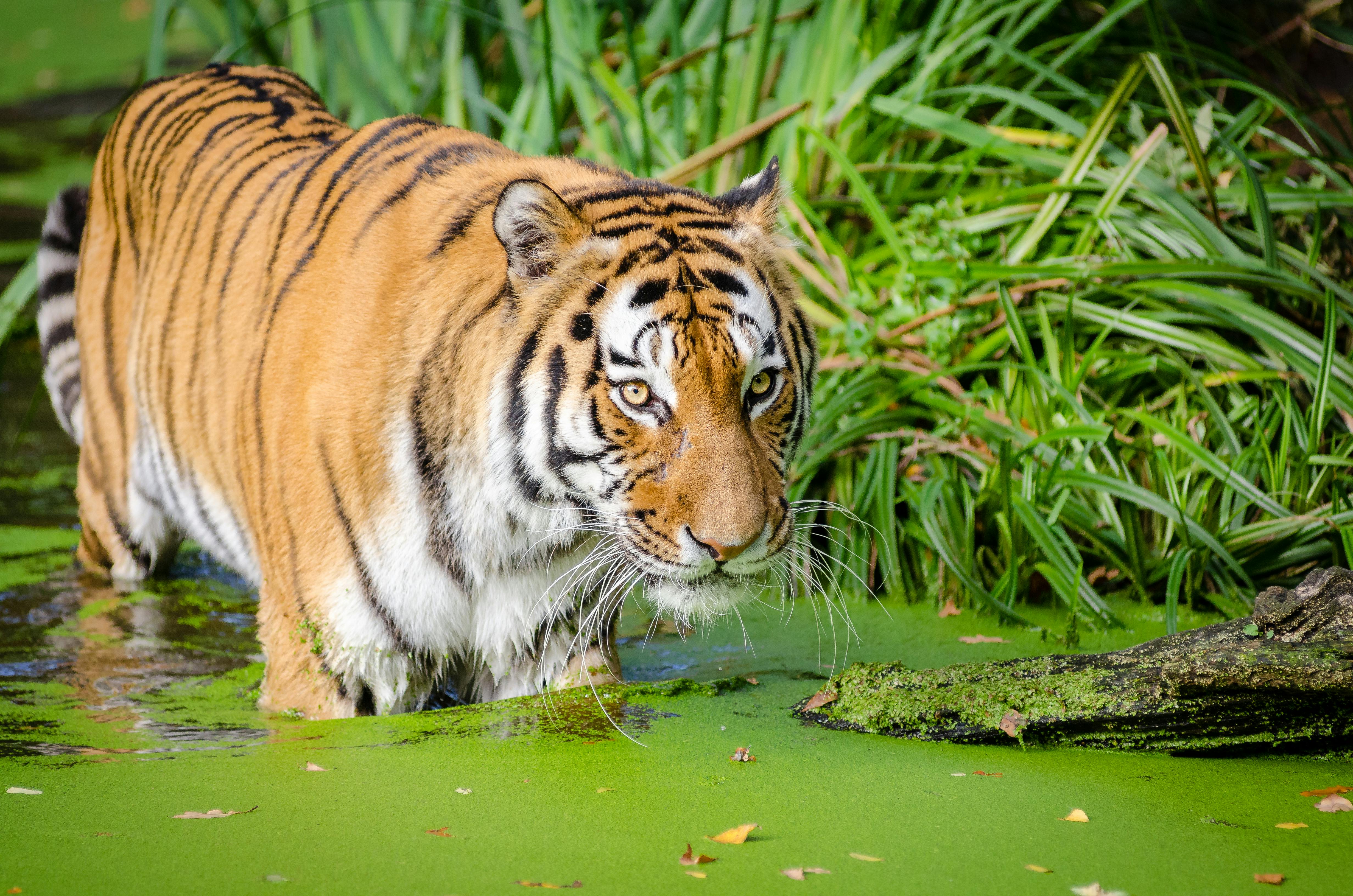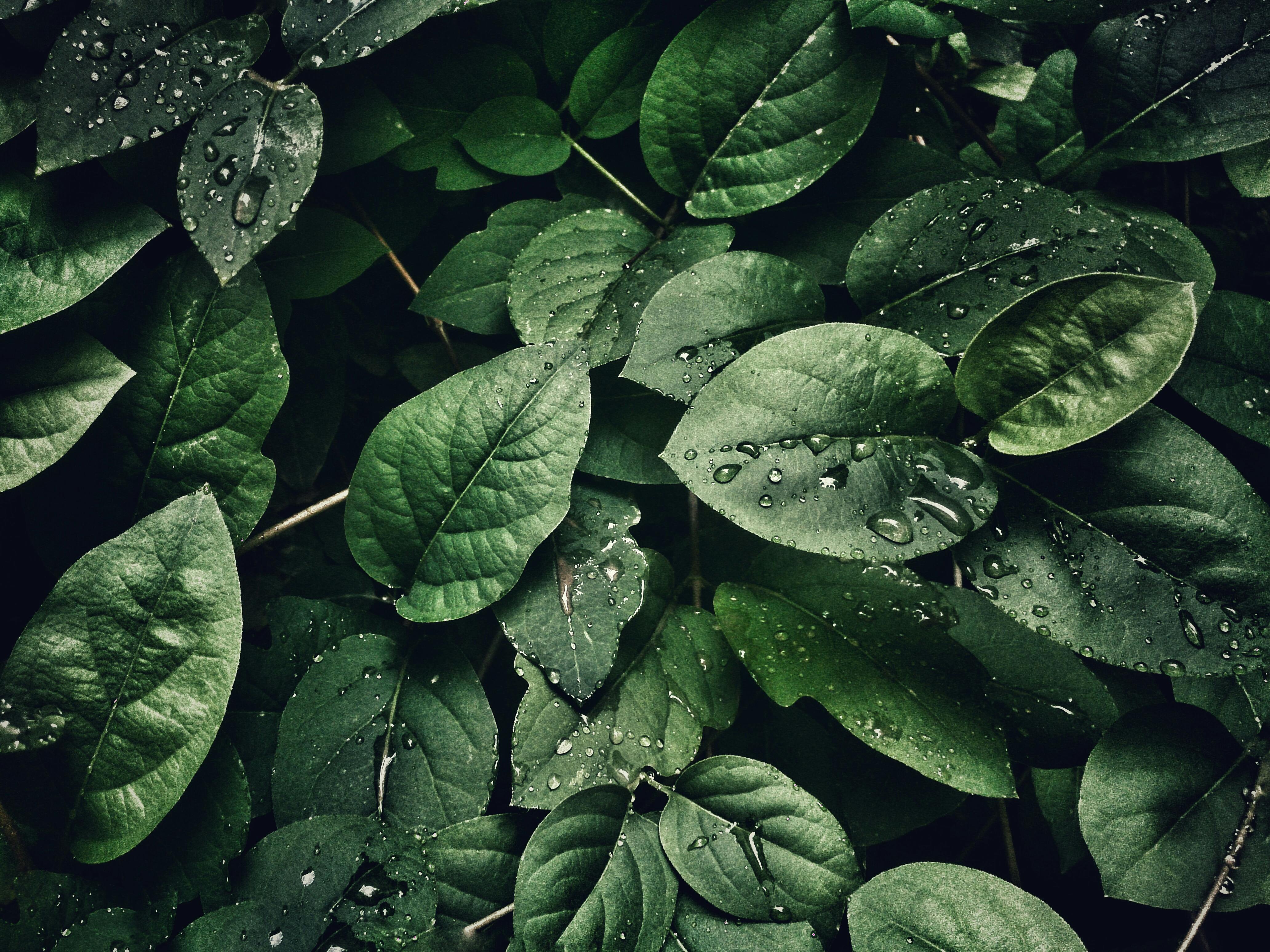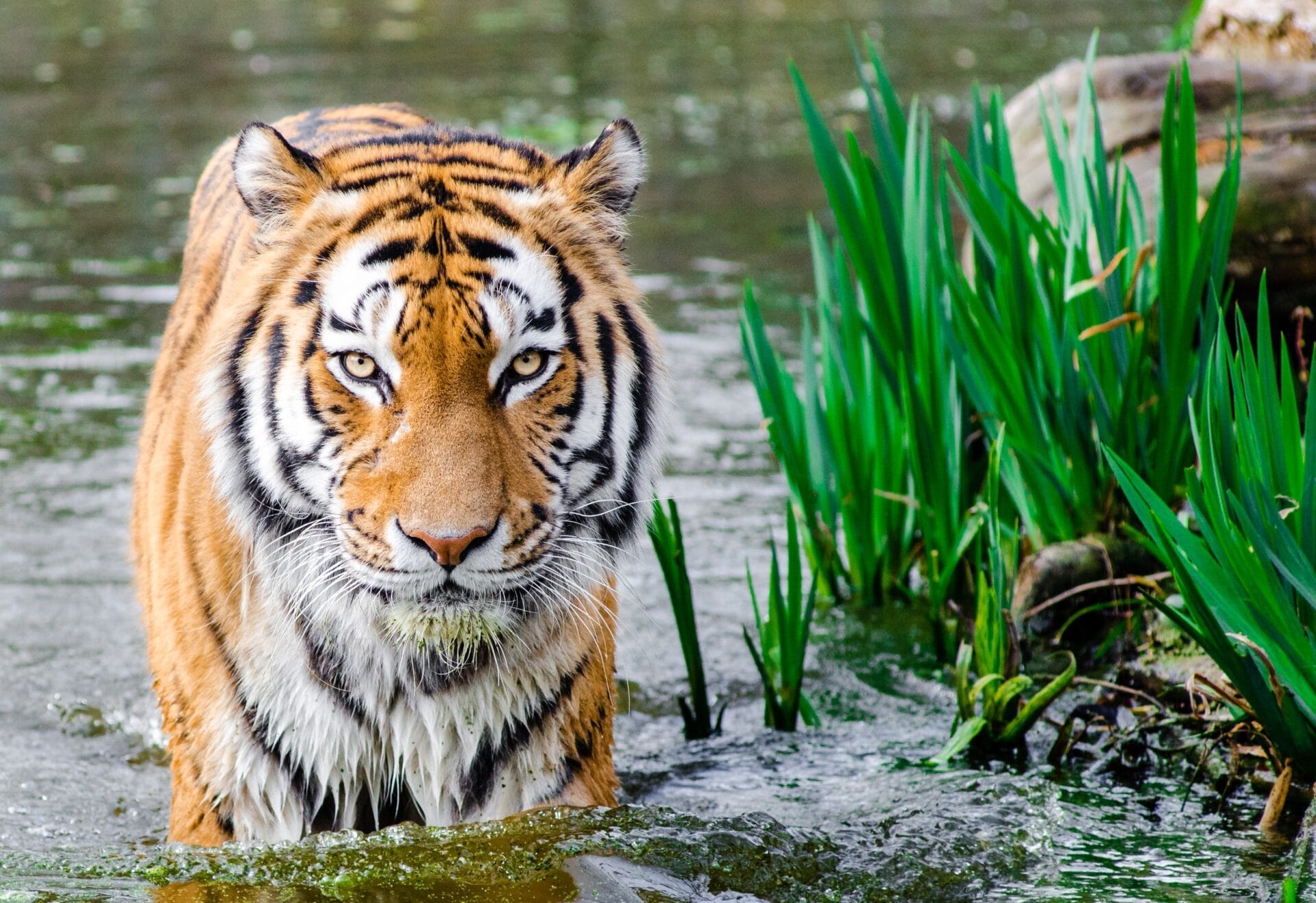Making distilled water for carnivorous plants can be a great way to ensure that your plants are getting the best possible nutrition. Distilled water contains no minerals or other contaminants, making it ideal for a variety of plant species. It is also very easy to make and can be done at home with basic tools and materials. In this article, we will discuss how to make distilled water for carnivorous plants in detail.Distilled water is water that has been heated to the point of evaporation and then cooled so that it condenses back into a liquid. This process removes contaminants and minerals from the water, leaving only pure H2O. It is commonly used for drinking, in medical treatments, and in laboratory settings.
What Are The Benefits Of Distilled Water For Carnivorous Plants?
Carnivorous plants are able to survive in soils with low nutrient content and require distilled water for optimal growth. Distilled water has several advantages over tap or bottled water when it comes to providing hydration and nutrients to carnivorous plants. Distilled water is free of salts, minerals, and other impurities that can interfere with the absorption of nutrients by the roots. It also contains few dissolved solids, which can build up in the soil over time and eventually reduce its capacity to hold moisture. This can be especially beneficial for carnivorous plants that are grown in terrariums or containers, as they may not be able to access sufficient amounts of clean water from the surrounding environment. Furthermore, distilled water is free of chlorine and other chemicals used to treat tap water which can damage delicate root systems and cause nutrient deficiencies. By using distilled water for watering carnivorous plants, you can ensure that your plants get the best possible nutrition without exposing them to harmful contaminants.
In addition to providing an ideal environment for plant growth, distilled water also helps create an ideal environment for beneficial microscopic organisms such as bacteria and fungi that live in the soil. These organisms play an important role in breaking down organic matter which provides essential nutrients for plant growth. By using distilled water on carnivorous plants you can ensure that these beneficial organisms remain healthy and active which will promote healthier root systems and more vigorous plant growth overall.
Finally, distilled water is also much cheaper than other types of purified or filtered waters which makes it a great choice for those looking to save money while still providing their carnivorous plants with optimal hydration and nutrition.
What Equipment Do I Need To Make Distilled Water?
Making distilled water at home is not complicated, but it does require a few pieces of equipment. The most important piece of equipment is a distiller. This can range in cost from a few hundred dollars to over a thousand, depending on the size and quality of the unit. A distiller works by boiling water and then capturing the steam that is created, which is then condensed back into liquid form. This process removes impurities and minerals from the water, resulting in distilled water that is free of contaminants.
In addition to a distiller, you will also need a collection container for the finished product. This could be anything from an old milk jug to a purpose-built glass carboy or storage tank. You will also need some type of filter to remove any sediment or particles from the water before it goes into the distiller. Finally, if you want to store large amounts of distilled water for later use you will need jugs or containers with airtight seals to prevent contamination and evaporation.
When choosing a distiller, make sure it meets your needs in terms of output capacity and speed of operation. You should also consider whether you want an electric or manual model, as this will have an impact on both cost and convenience. Additionally, make sure to read reviews and research any warranties before making your purchase. With proper maintenance and care, your distiller should last for many years and provide you with crystal-clear distilled water whenever you need it!
How To Obtain The Fresh Water
Obtaining fresh water is essential for sustaining life, and there are a variety of ways to obtain it. One of the most traditional ways is by harvesting rainwater. Rainwater harvesting involves collecting the water from rooftops or other surfaces and storing it in tanks or cisterns. This method of obtaining water is especially beneficial in areas where there is limited access to potable water.
Another way to obtain fresh water is through desalination. Desalination involves removing salt and other minerals from seawater or brackish water, making it safe for drinking and other uses. This process can be done using a variety of technologies, including reverse osmosis, thermal distillation, and electrodialysis. Desalination is often used in areas with limited access to clean freshwater sources.
Finally, another way to obtain fresh water is through groundwater extraction. Groundwater extraction involves pumping out groundwater from aquifers beneath the earth’s surface and storing it in tanks or cisterns for use later on. This method of obtaining water is especially beneficial in areas with limited access to potable water sources as well as areas where droughts are common.
No matter which method you choose, obtaining fresh water is an important part of sustaining life on earth. By understanding the various ways to obtain fresh water and using them responsibly, we can ensure that our planet has enough clean and safe drinking water for everyone.
Boiling Fresh Water
Boiling fresh water is a simple but effective way to make it safe for drinking. The process of boiling water is relatively straightforward and can be done with minimal equipment. To begin, you will need a pot or pan, a heat source, and clean water. Start by filling the pot or pan with the desired amount of water. Once the pot is full, place it on the heat source and bring it to a rolling boil. Once the water has reached a rolling boil, keep it boiling for at least one minute before turning off the heat. This will ensure that any potential contaminants in the water have been killed by the boiling temperatures. After one minute, remove the pot from the heat source and allow it to cool before consuming. Boiling fresh water is an easy and efficient way to make sure you have clean drinking water in an emergency situation.
It’s important to note that while boiling fresh water can make it safe for drinking, it will not make it taste better or improve its flavor. If you find that your boiled water has an unpleasant taste or odor, you may want to consider other methods for purifying your drinking water such as filtration or chemical treatments.

How To Collect The Condensation
Collecting condensation is a great way to save money on your water bill, as well as harvest clean, pure water for use in your home. The process of collecting condensation is relatively simple and can be done with minimal investment. Here are a few tips on how to collect condensation and make the most of it.
Gathering Materials
The first step in collecting condensation is gathering the right materials. You’ll need a container large enough to hold the amount of condensation you want to collect, as well as something to collect it in such as towels or sponges. If you’re planning on using the collected water for drinking or cooking purposes, then it’s best to use food grade containers and materials.
Placement
It’s important to place your container in an area where there will be ample amounts of condensation present. This could be near an air conditioner, dehumidifier, or humidifier – anywhere that produces a lot of moisture in the air. If possible, place the container at a slight incline so that the collected condensation will flow toward one end.
Collection
Once you’ve found an ideal spot for your collection container, simply cover it with towels or sponges and wait for the condensation to accumulate. You may also want to set up some sort of timer or alarm so that you know when it’s time to empty out the container and start over again. Depending on where you’ve placed your collection container and how much moisture is present in the air, this process can take anywhere from a few hours up to several days.
Usage
Once you’ve collected enough condensation from your chosen spot, it’s time to decide what you’ll do with it. Some people prefer just leaving their containers out until they’re full so that they can gauge how much water is being collected over time – this way they can adjust their collection methods accordingly if needed. Other people may choose to use their collected water for irrigation purposes or even drinking if it has been filtered properly beforehand.
Collecting condensation is an effective way of harvesting clean water without having to pay extra money for bottled varieties – all while reducing waste at the same time! With just a few materials and some patience, anyone can start collecting their own condensate quickly and easily – allowing them access to pure water whenever they need it!
How To Filter And Cool The Distilled Water
Distilled water is a pure form of water that has been used for many purposes, such as drinking and industrial processes. However, it can often be difficult to filter and cool distilled water without the proper equipment. Fortunately, there are a few simple methods you can use to filter and cool your distilled water.
The most basic way to filter your distilled water is by using a charcoal filter. Charcoal filters work by trapping impurities in the charcoal, making them more difficult for the water to pass through. This can help remove any unwanted particles or chemicals that might be present in the distilled water. You can also use other types of filters such as reverse osmosis or UV light filters depending on what type of contaminants you are trying to remove.
Once you have filtered your distilled water, you will need to cool it down before consuming it or using it for any purpose. The easiest way to do this is by adding ice cubes to the container of distilled water. This will help lower the temperature of the water without adding too much additional flavor or aroma from the ice cubes. If you want to cool your distilled water even further, you can use a refrigeration system or even a portable cooler filled with cold tap water.
By following these simple steps, you can easily filter and cool your distilled water so that it is safe and pleasant to consume or use for other purposes. Whether you are using distilled water for drinking, industrial processes, or any other purpose, filtering and cooling it properly is essential for ensuring its safety and quality.
Storing Distilled Water For Carnivorous Plants
Carnivorous plants require distilled water to survive and thrive in their environment. Storing distilled water for carnivorous plants is necessary if you want to provide them with the best and most consistent water source. While it is possible to use tap water, it is not recommended as it often contains minerals and other impurities that can be harmful to the plants. Distilled water, on the other hand, is free of these impurities and provides an ideal environment for the plants to grow.
When storing distilled water for carnivorous plants, there are a few things that you should consider. First, make sure that you store the water in a clean container that does not contain any chemicals or other contaminants. Glass or plastic containers are both suitable for storing distilled water but make sure they are cleaned thoroughly before use. Second, store the distilled water in a cool place away from direct sunlight as this can cause evaporation and reduce the quality of the water over time. Finally, replace the stored distilled water every few weeks to ensure that your carnivorous plants always have access to fresh, clean distilled water.
In conclusion, storing distilled water for carnivorous plants is an important part of caring for them properly. Make sure that you store it in a clean container away from direct sunlight and replace it frequently so your plants will always have access to fresh, clean distilled water.

Conclusion
In conclusion, making distilled water for carnivorous plants is a straightforward and easy process. The process involves boiling water and using the resulting steam to make pure, clean water. Distilled water is necessary for carnivorous plants since it lacks all of the minerals that could be detrimental to their health. This distilled water helps create an ideal environment for the plant to thrive in.
When creating distilled water, it is important to use proper equipment, such as a distilling apparatus or a condensing apparatus, in order to ensure that you are getting pure and clean water for your plants. Additionally, it is important to ensure that all of your equipment is properly cleaned and sterilized before each use in order to prevent contamination or any other issues with the distilled water. By following these simple steps, you can easily make distilled water for your carnivorous plants and help them thrive.

